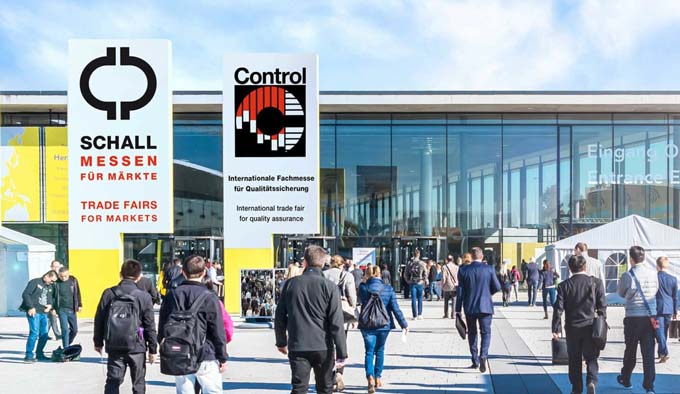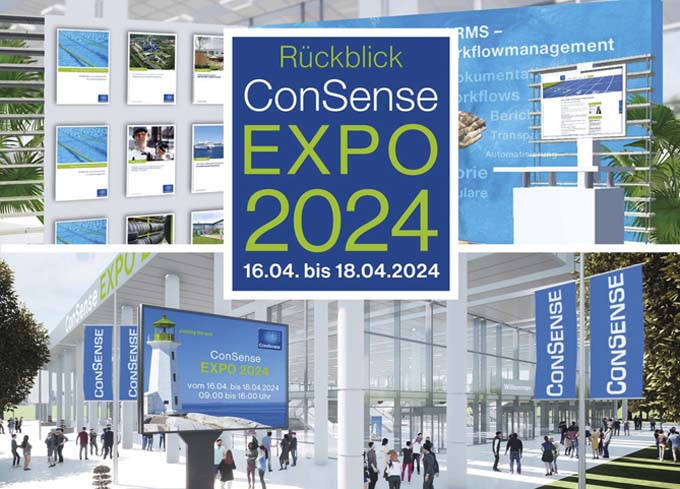Outsourcing plant documentation
If you link several machines to form a system, you may also have to create system documentation for this new overall unit. For many manufacturers and operators, this is an onerous and expensive obligation. However, such documentation also offers opportunities: It provides legal security in the event of damage and can support the operators of the plant in exploiting its full potential. Plant documentation can also be conveniently outsourced to external and specialized service providers.

If several machines are linked in terms of control technology and work together as a unit, the European Machinery Directive (2009; also legally binding in Switzerland in the course of harmonisation with EU law, editor's note) defines them as a whole. Four conditions must be met: The machines must perform a common task, be functionally connected and influence each other, have a common control system and have a common safety-related connection. Machines that are arranged next to each other therefore do not necessarily have to represent one plant.
New machines can be combined into complete units just as well as used machines or machines from different manufacturers. Some manufacturers specializing in plant construction link purchased machines. However, a plant can also be assembled by an operator if none of the companies involved acts as general contractor. The operator then becomes the manufacturer and is obliged to prepare plant documentation if, by definition, a plant exists.
What is the plant documentation?
Such plant documentation describes the entirety of the new plant, which cannot be covered in the individual operating instructions of the integrated machines. This includes internal and external documentation: The former remains with the manufacturer. It must be able to be presented in the event of tests or accidents - i.e. if the authorities wish to inspect it. Design plans and risk assessments are also included. The external plant documentation goes to the customer. It contains, among other things, the operating instructions, CE declaration and type plate.
The plant documentation is prepared on the basis of three documents: the operating instructions of the Machinery Directive, the standard DIN EN 82097-1 (in Switzerland: SN EN 82079-1 of 2012, editor's note) and DIN Technical Report 146:2006-01 (01 Technical product documentation - Operating instructions for plants - Guideline for the summary of information from operating instructions of components; editor's note: in Switzerland available e.g. from the Swiss Standards Association SNV).
The purpose of the plant documentation is therefore not an accumulation of all the information available about the individual parts, but an overview of the new totality. The aim is to illustrate its operation and to show how the various machines work together.
Why is it necessary?
The legislator only requires no instructions if a product is constructed in such a way that safe and proper use is also possible without instructions. However, according to the Product Safety Act, the manufacturers of all products must ensure that the operator or the customer can use them safely. In the case of a machine, operating instructions are also required in accordance with the Machinery Directive. This also applies to a system consisting of several individual machines. If these instructions are missing, the product is incomplete and unsafe - it must not be sold.
What does the plant documentation cover?
The central element of the system documentation is the description of the so-called intended use of the entire system, as this cannot be found in any of the individual instructions.
The function and structure of the plant and its components are explained. The operating instructions must contain the essential parts of the machine instructions that are involved. It is important not to lose sight of the target group. For them, the individual work steps and overarching operation are listed as comprehensibly as possible. This includes, for example, the main functions or the setup of the programs.
The results of the overall risk assessment including the residual risks of the entire plant must also be included in the instructions. In addition, protective equipment and all important safety and warning instructions from the individual descriptions must be integrated.
The technical data of the entire plant are also recorded, as these may differ from the individual machines, for example if the plant causes a higher noise level than its components. Assembly and commissioning belong in the plant documentation if they are not carried out directly by the manufacturer. In this case, all relevant activities should be mapped in full.
The maintenance plan contains information about what work needs to be done and when, and who is allowed to do it - whether skilled personnel are required or whether the operator is allowed to carry out the work. If the latter is the case, the maintenance work can also be set out in detail. Again, a reference to the machine instructions is possible.
As a rule, new fault messages and cases arise from the new system and overall control. Depending on the case, these must be specifically described, but can also be covered by references to the operating instructions of the individual machines.
it seems useful to refer to supplier documents and the instructions for the individual machines.
What are the problems?
The maintenance plan of a plant is time-consuming to create, since the maintenance data from each operating manual of the associated machines must be collected and consolidated in an overall maintenance plan. Sorting depending on maintenance intervals must also be carried out here. The maintenance plan can also hardly be created from all the plans of the original machines, since a plant does not always guarantee access to each individual machine and they differ in structure.
A major source of error in plant documentation lies in the supplier documents. On the one hand, it must be ensured that these are correct and available in a current version - not every manufacturer provides them correctly and sometimes there are no operating instructions for very old machines. On the other hand, it makes sense to contractually grant rights to use the text and illustrations of the individual manuals or to specify the correct language when purchasing the machine. This simplifies the creation of the plant documentation considerably.
Plant documentation is also often too extensive, as many manufacturers not only include documents on the machine, but also data sheets on its individual parts. This increases the amount of paper and the information is no longer suitable for the target group, as it contains too much knowledge and provides instructions that the operator may not even be authorised to carry out. Equally disadvantageous is plant documentation that consists only of references to existing machine instructions: it is reader-unfriendly and does not hold the relevant information.
Plant documentation as an opportunity
Plant documentation is expensive and time-consuming for manufacturers and is often perceived as an annoying mandatory task. One of the main arguments is that no one needs it and it is not read. However, if the operator generates a work instruction based on the plant documentation, this does not have to be the case. Because well-drafted plant documentation adds value: it helps to avoid operator errors and improves customer satisfaction. By making it legible and well-structured, the manufacturer has a little-used tool at hand for customer loyalty. If the operator understands the full range of functions of a system, he can also use it more efficiently.
The operator of the system has a duty to instruct: he must ensure the safety of the system including instructions and is liable in the event of an accident. Even if the plant documentation only plays a subordinate role in normal operation: It becomes relevant in the event of an industrial accident involving personal injury. In this case, companies can prove that they have fulfilled all their obligations by means of good documentation. The plant documentation therefore also serves as a safeguard.
Conclusion
Although asset documentation is a mandatory task, it can also offer considerable added value if it is set up correctly. Those who do not want to take on the time-consuming preparation themselves can outsource it to a specialist. This not only saves time - the plant documentation in detail is actually a case for experts. Those who want to take on the topic themselves can also make use of software support such as the CE-CON Safety tool. Thanks to its modular structure, machine entireties can be clearly displayed.









